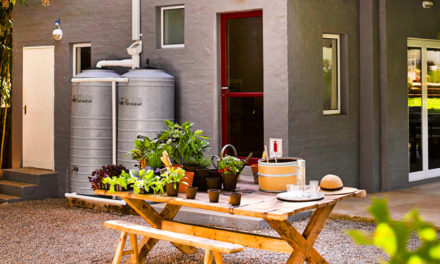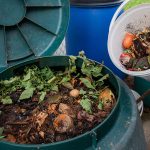Reduce the impact of energy consumption on the environment and save money on your power bill by choosing energy efficient appliances for your home.
Did you know: A typical fridge manufactured in 1993 uses twice as much energy as a new one. That old fridge keeping the drinks cool is probably costing you more than the drinks inside! – Greenpeace
Washing machines are also important because they affect both electricity and water consumption – up to 1 500 litres a year in some instances.
Most environmental organisations prefer you to avoid tumble dryers altogether, because they are highly inefficient. If you have to have one, make sure your washing machine’s spin cycle goes up to 1 600 to 1 800rpm. This will help dry clothes more before you put them in the tumble dryer, using 20 times less energy than heat-drying them would have and cutting time in the dryer and the cost by half.

What the labels mean
When you’re buying a new appliance, you want to make an informed choice when it comes to energy efficiency. South Africa has an energy rating system aligned to the EU rating, which some imported products also include. They may also carry the American Energy Star label. Energy Star ratings only tell you that an appliance is efficient, but they don’t grade the level of efficiency.
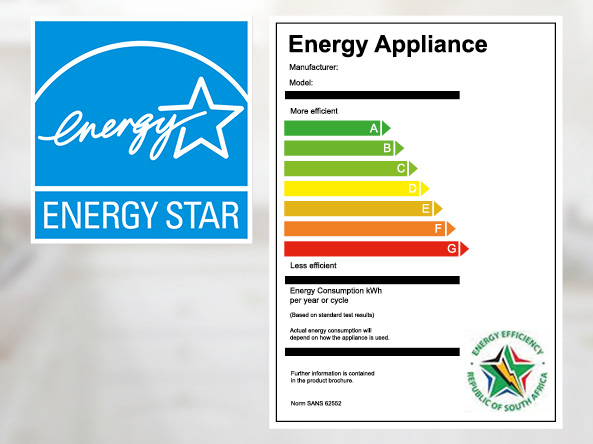
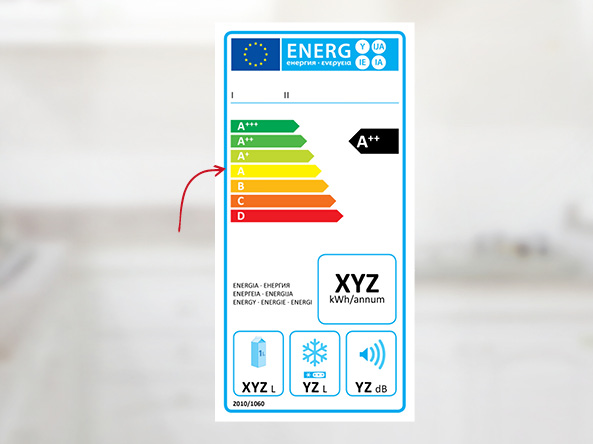
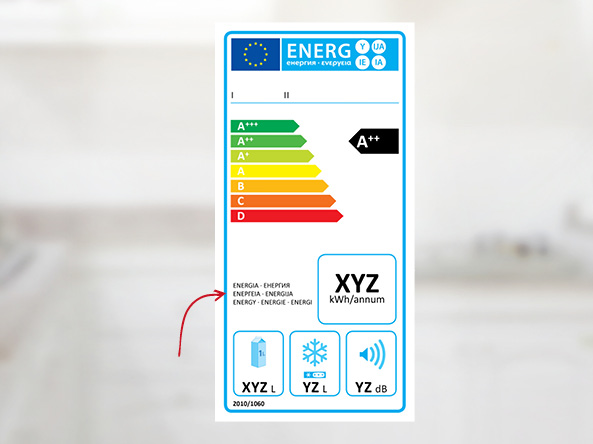

Did you know: A laptop uses five times less electricity than a desktop computer.



